Regional
Kinshasa’s hand in ADF's deadliest attacks
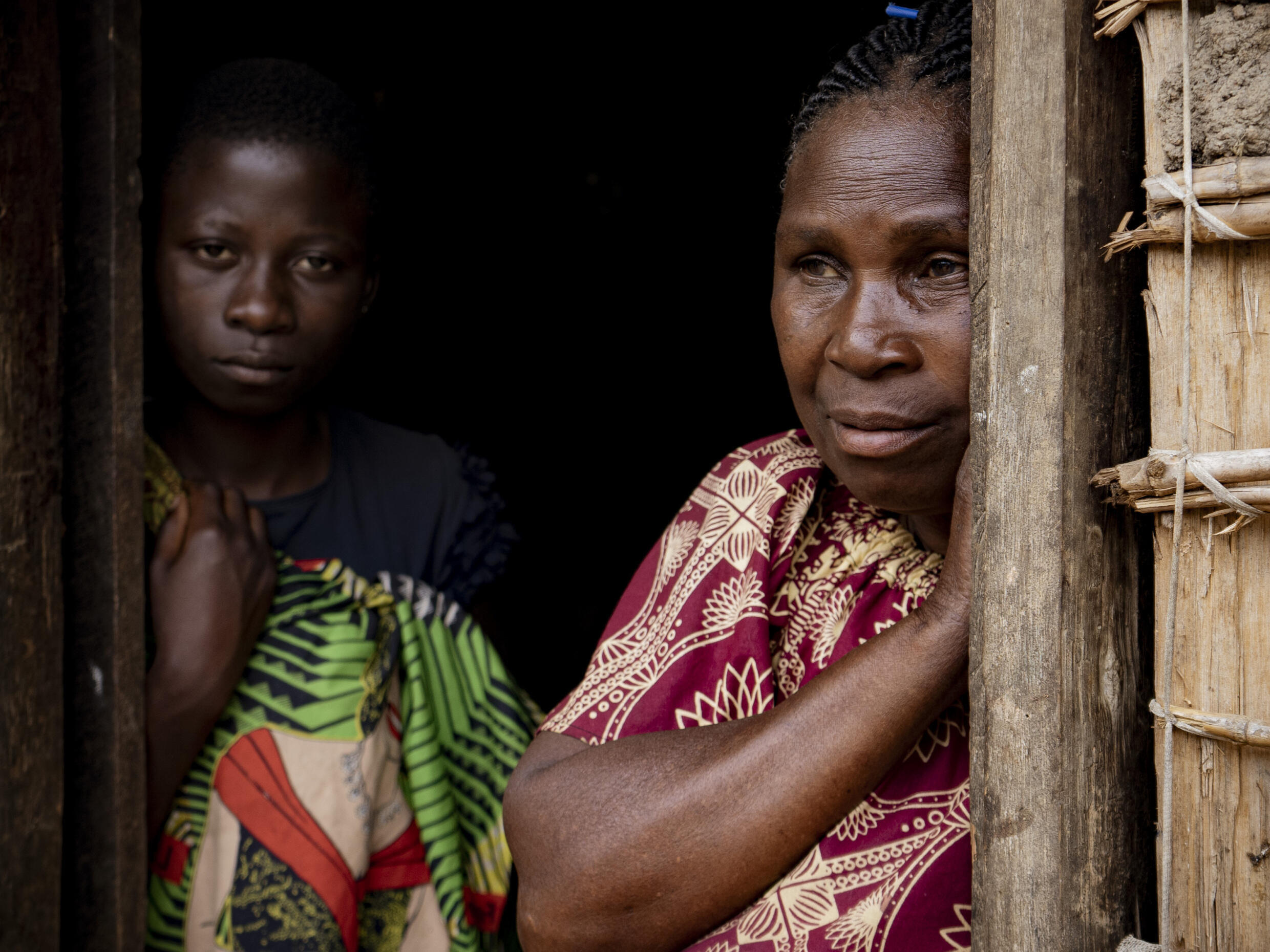
A woman and her daughter look on in front of their home the day after ADF attacked their villages and killed more than 40 people.
The
Congolese government's obsession with fight M23 rebels is costing the lives of
innocent civilians. The Congolese national army is willing to sacrifice
anything to fight M23, which gives Allied Democratic Forces (ADF), an islamist
militia group from Uganda, an advantage.
The
ADF is one of the deadliest militia groups in eastern DRC. The group began as
an anti-government insurgency in Uganda and was publicly recognized by ISIS
leaders in Syria as an ISIS branch in 2019.
The
Congolese army, FARDC, relocated from areas where ADF is operating, to fight
M23 collectively, thereby giving ADF an advantage. FARDC’s deployment to the
front against M23 exacerbated the security vacuum in other territories of North
Kivu.
President
Felix Tshisekedi's regime has failed to restore peace and protect the
population. FARDC's involvement with militia groups undermines peace efforts
and exacerbates the humanitarian crisis.
Since
mid-October 2023, ADF military activities intensified, particularly in the
northern part of Beni territory and south of Ituri province. The ADF remained
the armed group commiting the highest number of killings in the DRC in 2023,
with over 1,000 persons killed, mainly civilians.
Since
the start of the year, attacks blamed on the ADF have killed nearly 200 people,
injured dozens of others, and displaced an estimated 40,000 people in DRC’s
Beni Territory in North Kivu province as well as nearby villages in Ituri
province.
In one
area, 11 bodies were recovered from four different places in the commune of
Mulekera, according to the mayor, Ngongo Mayanga. Mulekera is near Beni town in
North Kivu province.
Eastern
DRC has been ravaged by conflict for decades as more than 260 armed groups
fight for control of valuable mineral resources and some try to protect their
communities. Mass killings by rebels are frequent. The violence has led over
seven million people to flee their homes. Kinshasa has failed to protect its
people and prevent ADF’s operation on DRC territory.
The
ADF has active networks in prisons, notably in Kinshasa where key ADF detainees
had been transferred since the Kangbay jailbreak in October 2020.
Detained
ADF ex-combatants and collaborators, explained that in each prison, they had
established an organizational system with a "leader" and a deputy.
The leaders were designated by ADF leader Baluku with whom they were regularly
communicating either directly or through intermediaries such as Amigo, to
organize support to ADF detaines and to continue mobilizing them.
How
can ADF afford to have networks in prisons if the terror group is not
collaborating with Kinshasa?
Most
ADF elements in detention continued to access telephones and other facilities,
often with the complicity of penitentiary, judicial and intelligence
authorities, whom they bribed or who were also in direct contact with ADF
leadership in the bush. Through these connections, ADF orchestrated the escape
of several key ADF elements, including Hamuli, one of Baluku's close advisors.
ADF
detainees continued to recruit and instruct combatants and collaborators inside
and outside the prison, often using family and friendship ties, mainly in Grand
Nord, 'ADF detainees received mobile money transfers from ADF leadership and
redistributed funds for recruitment and mobilization.
Armed groups including the ADF and the UN sanctioned terror group from Rwanda, FDLR, are committing summary executions, abductions, forced displacement and conflict-related sexual violence, while Kinshasa watches on idly.


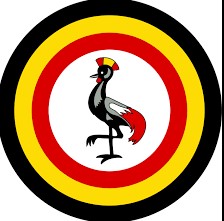
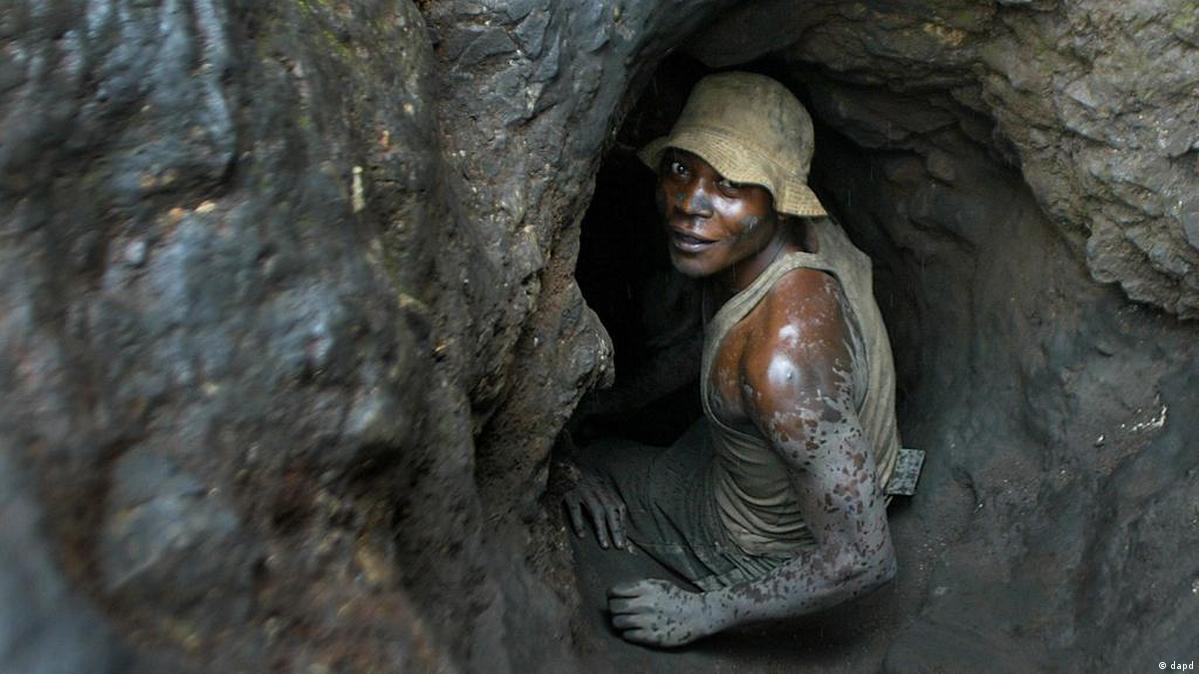
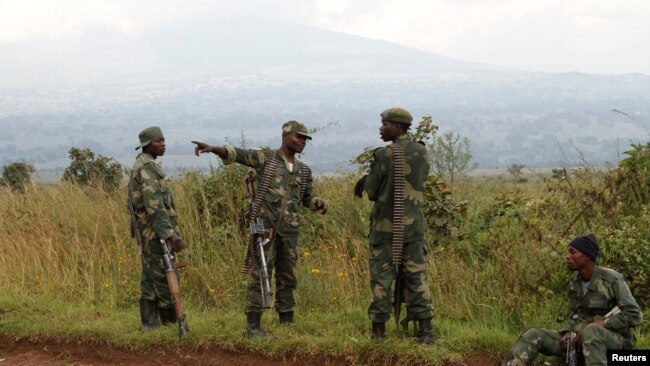

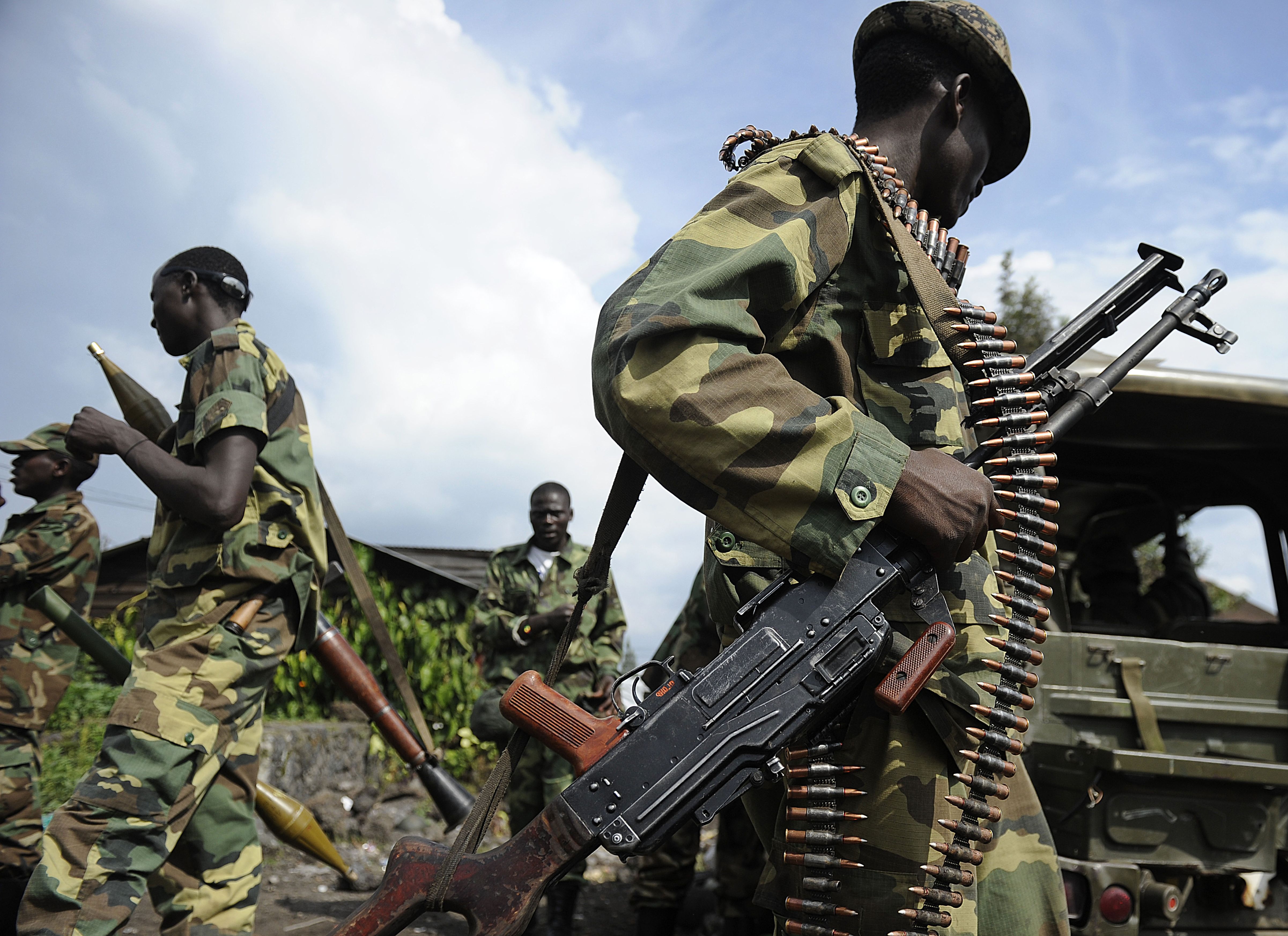
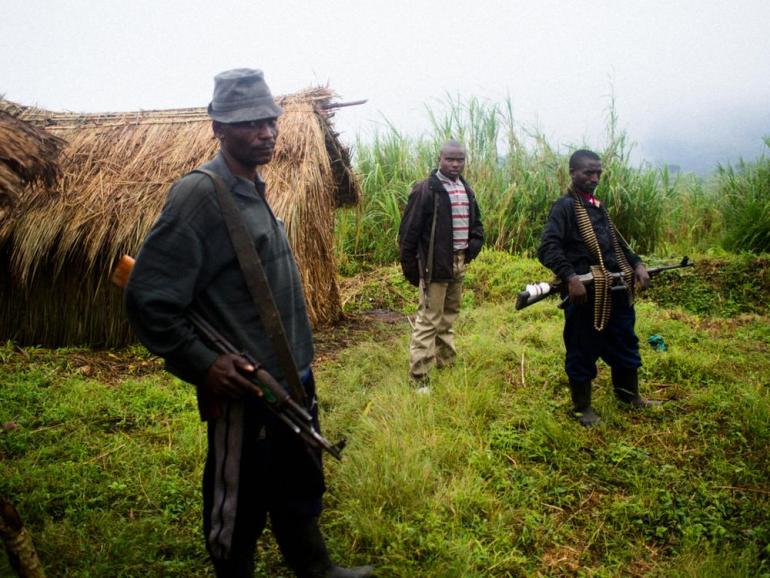
.jpg-20231025080945000000.jpg)